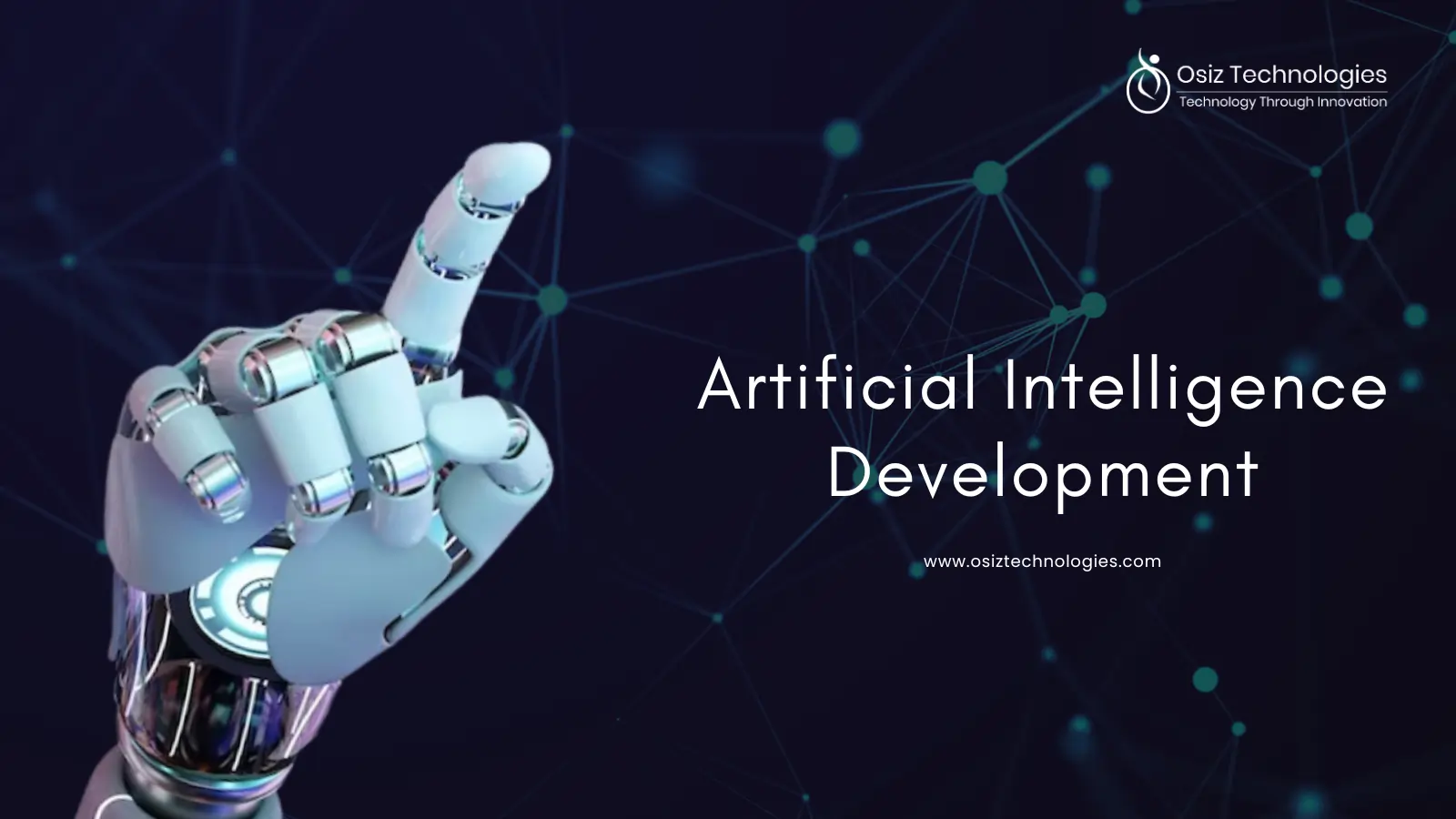Blockchain gaming is among the most evolving elements in the gaming industry today as it enables transparent, secure, and player-oriented decentralized technology-based ecosystems. It defines and governs the different digital assets that fuel a game and drive the innovation within tokenomics, a fusion between blockchain development and economic principles at the heart of this innovation. This blog explains the economics behind blockchain gaming and the intricate field of tokenomics.
What is Tokenomics?
Tokenomics is derived from the combination of the words "token" and "economics" and means the study and design of economic systems within blockchain networks, particularly those related to digital tokens. Considering blockchain gaming, tokenomics touches upon the creation, distribution, and management of tokens representing game assets, currencies, or other important elements in the makeup of a game ecosystem.
The Role of Tokens in Blockchain Gaming
In-Game Currency: Tokens are the intrinsic game currency in blockchain gaming, facilitating the purchase of in-game items, unlocking levels, and accessing premium content.
Ownership over Assets: Leveraging blockchain technology, tokens mean real ownership for a player with in-game assets, wherein players resell, trade, or transfer the assets.
Incentives and Rewards: Tokens are used to reward players for activities like mission completion, attending events, or contributing to the gaming community, incentivizing engagement among players.
Governance: Few games provide governance tokens to players for voting power on game development decisions, hence developing a decentralized approach toward the management of games in which the players are the drivers.
Key Components of Tokenomics
Token Supply: This would be the total number of tokens that will ever exist. A fixed supply creates an aura of scarcity and may well help in token prices; on the other hand, an adjustable supply allows for taming inflation within the economy of the game.
Distribution Model: This refers to how the tokens are divided for the first time among the different stakeholders, such as players, developers, and investors. For a fair and enriching economy, a fair but strategic distribution is important.
Utility: Represents functionality in the token use cases within the game ecosystem. The greater the breadth, the greater the demand.
Liquidity: This is how easily tokens are bought, sold, or traded. For example, high liquidity would mean that in a healthy economy, players will be able to exchange tokens seamlessly into other types of assets or currencies.
Burn Mechanism: A burn mechanism is sometimes implemented in a few games to gradually decrease the total supply of tokens in circulation, increase scarcity, and thereby probably improve the value of a token.
Economic Models in Blockchain Gaming
Play-to-earn: In this variant, players will earn tokens for certain tasks, like completing specific quests, winning battles, or simply attending certain events. A very good example of this is what Axie Infinity did: players earned tokens through breeding, battling, and trading Axies.
Pay-to-Play: The other way is where players buy tokens to gain access to a game or, in some cases, special content therein. Through this approach, the developers are guaranteed to make money as they sell tokens for in-game use.
Freemium: Although the game is free to play, buying tokens may grant premium content, items, or advantages. This model covers a wide audience of users and produces revenue through in-app purchases.
Decentralized Autonomous Organization (DAO): Some games design DAOs that allow token holders to vote on critical decisions related to the development and governance of the game. This is a decentralized model where players are empowered with decisions that align their interests further for the success of the game.
Challenges and Opportunities
While tokenomics brings exciting possibilities to blockchain gaming, it also brings several challenges to be faced at different stages:
Regulatory Uncertainty: The legal status of tokens varies across jurisdictions, which can create regulatory challenges for developers and players alike.
Market Volatility: Since the value of in-game tokens may change drastically, this will impact the stability of the game economy and the financial well-being of its players.
Security risks: The protection of tokens and smart contracts from hacks, fraud, and loss of assets is highly essential.
Sustainability: Creating a sustainable economic model that retains a delicate balance between token supply and demand with utility over time to prevent inflation or deflation of the game.
While challenges are significant in number, the opportunities are immense. The revolution that blockchain gaming can bring into the hands of gamers includes real digital ownership, earning real-world income, and a say in the governance of their favorite games. When developing dynamic economies with well-designed tokenomics, developers manage to create an effective and engaging game that will benefit players and creators alike.
Conclusion
Tokenomics is the new force behind blockchain gaming economics. By building secure, transparent, player-oriented ecosystems, blockchain games offer new ways of engagement, ownership, and, of course, financial rewards that could not have been envisioned before. As the technology continues to develop, more sophisticated models for tokenomics will be pretty significant in unlocking blockchain gaming at its highest capacity, ushering in an entirely new era of decentralized entertainment interactivity. To build your game, partner with Osiz, the leading Blockchain Game Development Company. Connect with our blockchain game developers today!
Listen To The Article
Recent Blogs

X-Mas 30%
Offer










